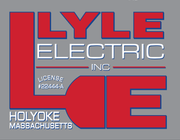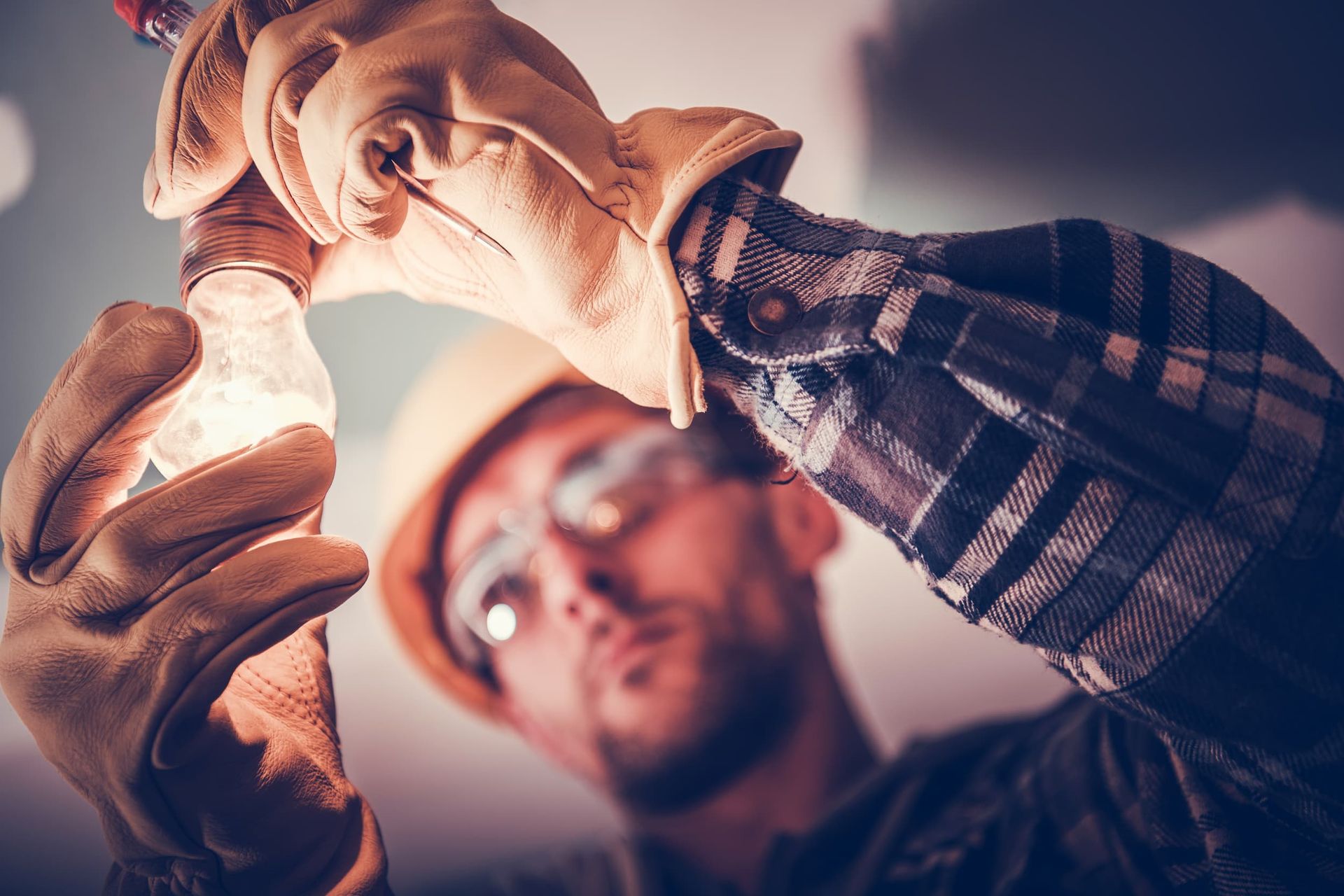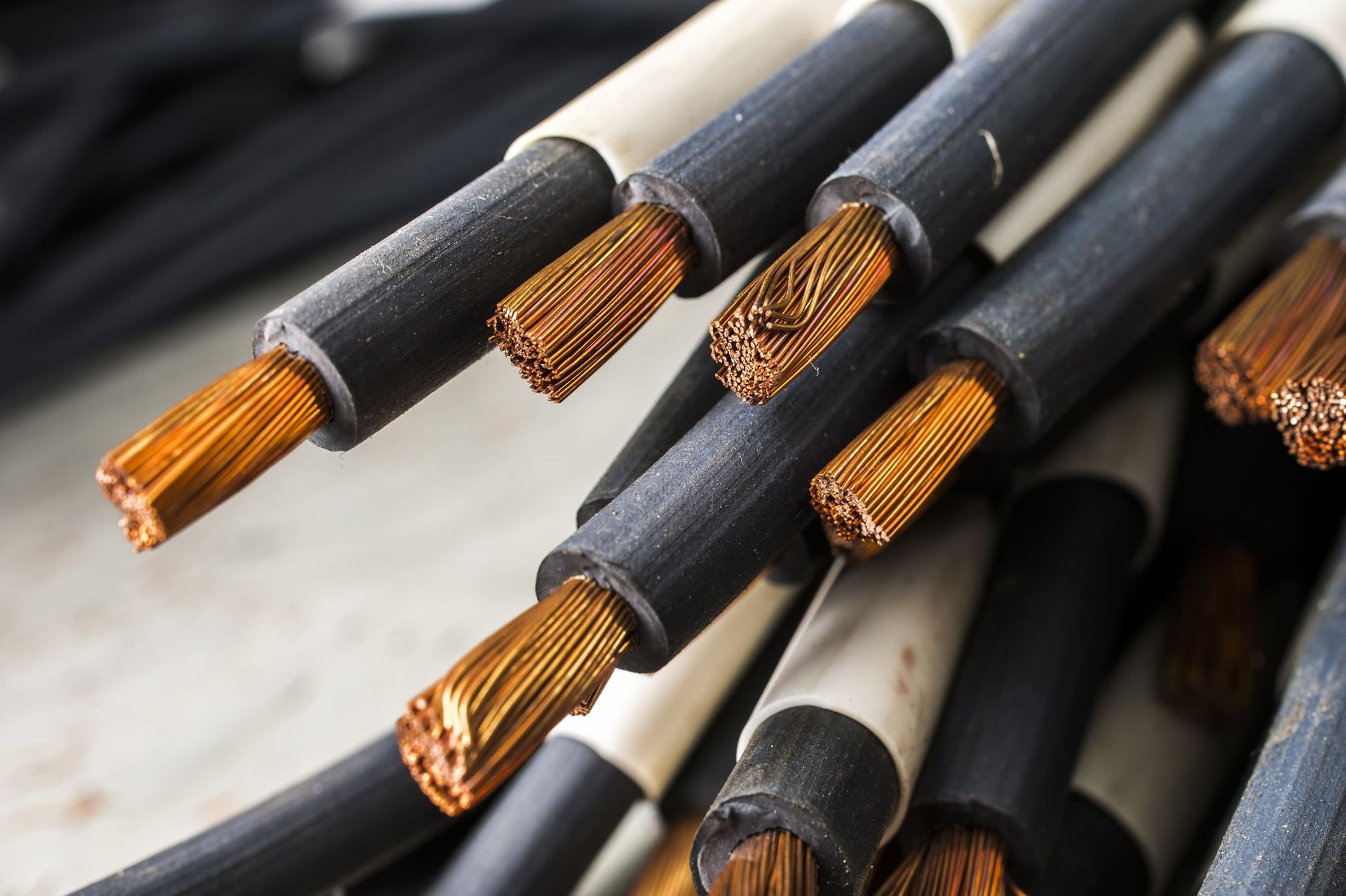Lyle Electric Inc
A company you can count on. Residential, Commercial & Industrial Electrical Contractor
Welcome to Lyle Electric Inc
Welcome to Lyle Electric Inc, your trusted partner for all your electrical needs in Holyoke, Springfield, and Northampton, MA. With decades of experience serving residential, commercial, and industrial clients, we pride ourselves on delivering top-quality services that prioritize safety, efficiency, and customer satisfaction.
At Lyle Electric Inc, we understand the importance of having a reliable electrical system that meets your specific requirements. That's why we offer a wide range of services tailored to your needs, including:
- Electrical Service Upgrades: Ensure your property's electrical system meets your current and future needs with our professional service upgrades.
- Service Calls: Prompt and efficient service calls to address any electrical issues you may encounter.
- Hot Tubs, Pools, and Spa Wiring: Expert wiring services for your aquatic amenities, ensuring safety and reliability.
- HVAC Control Wiring: Precise and reliable wiring solutions for your heating, ventilation, and air conditioning systems.
Upgrade your lighting for improved energy efficiency and cost savings with our retrofit services.
Safe and seamless connection of your generator to your electrical panel for backup power solutions.
Expert installation of transfer switches for seamless transition between utility power and backup generator.
Comprehensive maintenance services to keep your electrical systems running smoothly and efficiently.
Thorough inspections and repair lists to ensure the safety and compliance of your property's electrical systems.
Professional installation of EV chargers for convenient and efficient electric vehicle charging.
Our team of skilled electricians is dedicated to providing personalized solutions that meet your needs and exceed your expectations. Whether you're a homeowner, business owner, or property manager, you can trust Lyle Electric Inc for reliable service and expert craftsmanship.
As a locally owned and operated company, we take pride in serving our community with integrity, professionalism, and commitment to excellence. When you choose Lyle Electric Inc, you can rest assured that you're choosing quality, reliability, and peace of mind for all your electrical projects.
Contact us today to learn more about our services or to schedule a consultation. Let Lyle Electric Inc be your partner for all your electrical needs in Holyoke, Springfield, and Northampton, MA.
Reviews
★★★★★
Electrical service upgrade was completed. Workers were clean and efficient. Very polite and respectful to my house and pets. I am very satisfied with the work and price. I can highly recommend Lyle Electric for any residential electrical work.
Drew Duquette
★★★★★
The electricians were professional, friendly & courteous & showed up on time. The job was started & completed on time & they thoroughly cleaned up at the end of each day. We were very satisfied with their work.
Belinda Lareau
★★★★★
Great service from Lyle Electric - from Will himself through his staff: all highly professional, thorough, and efficient. Quick response - handled our multi-faceted residential job with the same purpose that one would expect in a commercial job. Cannot recommend them more strongly.
L Fam
★★★★★
They arrived exactly when scheduled and quickly solved the issue. They were both very nice and were very knowledgeable. They were also very reasonably priced. I will recommend them to anyone needing an electrician.
Beverly Lussier




